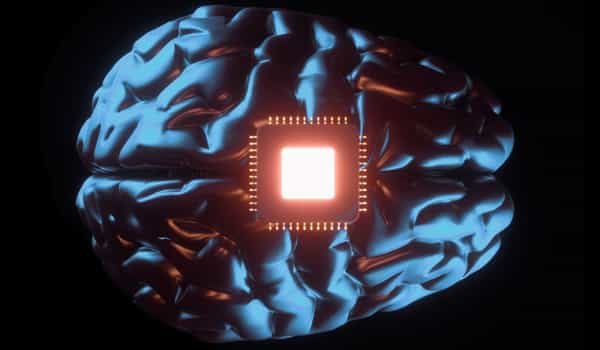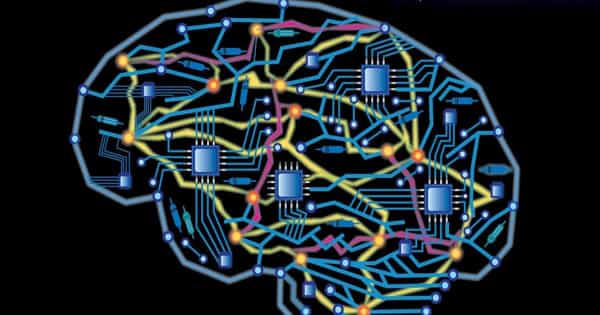Brown University researchers developed tiny microchips that can be scattered across the brain’s surface or even within its tissue to collect an unprecedented amount of neural data.
They’ve developed a system that uses dozens of silicon microchips distributed around the brain’s surface or within its tissue to record and transmit activity to a computer, resulting in massive amounts of neurological data being collected. According to a press release, this approach allows them to collect neural signals from more regions than is currently possible with others, and it may help researchers better understand the brain and develop novel medical treatments.
According to Wired, the researchers have dubbed the chips “neurograins.” According to a recent paper about the work published in the journal Nature Electronics, each is about the size of a grain of salt and is intended to be spread throughout brain tissue where it can record brain activity.
Scientists designed to be scattered over the brain’s surface — or even within its tissue — in order to collect an unprecedented wealth of neural data.
“Each grain has enough micro-electronics stuffed into it so that, when embedded in neural tissue, it can listen to neuronal activity on the one hand, and then transmit it as a tiny little radio to the outside world,” Arto Nurmikko, the study’s lead author and a neuroengineer at Brown University, told Wired.
The neurograins have so far only been tested on rodents, but the researchers hope to test them on humans soon. During one of these experiments, they implanted 48 neurograins into the cerebral cortex of a sleeping rat, focusing on the motor and sensory areas of the brain. The scientists were able to record the animal’s cortical activity, but the signal quality was not as good as that of chips used in most existing brain-computer interfaces.
However, the researchers told Wired that if they can improve the system’s output quality, it could provide a way to study larger swaths of the brain, such as the complex networks that control things like memory and decision making.

The researchers have named them “neurograins,” and they’re about the size of a grain of salt. They’ve only been used in rats so far, according to a paper published in the journal Nature Electronics. The researchers implanted 48 neurograin prototypes on the cerebral cortex (the outer layer of the brain) of a rat while it was anesthetized to test their viability, focusing on the motor and sensory areas of the brain. The animal’s spontaneous cortical activity was recorded by the scientists.
“When it comes to how our brains work, the whole really is more important than the sum of the parts,” said Chantel Prat, an associate professor of psychology at the University of Washington. They hope that their research will eventually pave the way for neurograin implants in human test subjects, which Nurmikko estimates will require 770 neurograins per brain. This opens the door for the chips to aid in the stimulation of neurons with electric pulses, potentially treating serious neurological disorders such as Parkinson’s, paralysis, or epilepsy.
The Brown University team’s next step is to put the neurograins to the test in awake, mobile rodents. Following that, it will be on to monkeys and, hopefully, humans — which is extremely exciting because the technology offers a fascinating opportunity to understand the human brain.
For the time being, the team plans to test the neurograins in conscious, mobile rats, with monkeys coming next. With additional research, such a device could one day record brain signals in unprecedented detail, paving the way for new insights into how the brain functions and novel therapies for patients with brain or spinal injuries.














